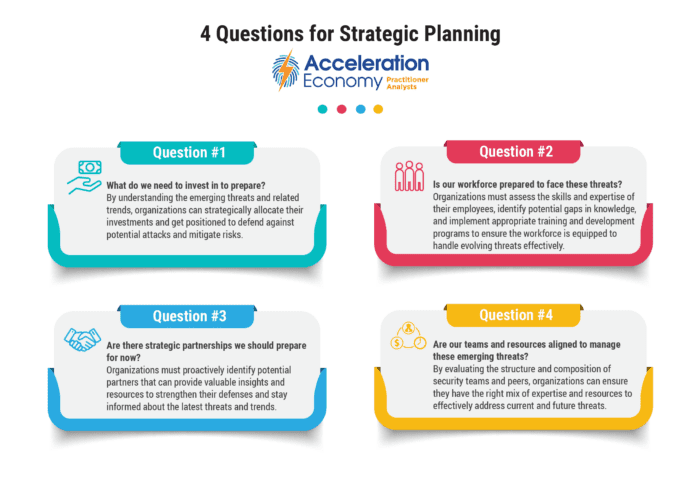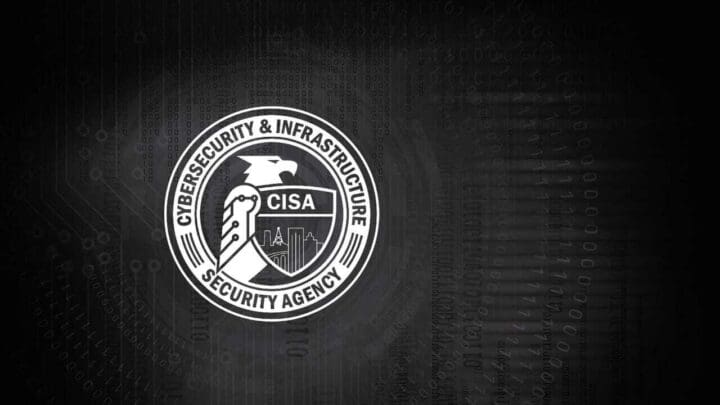Hey, Bay Area pals! You know, there’s been a lot of chatter recently about how tactical and strategic threat intelligence work. What’s the buzz all about? Let’s break that down together!
Alright, so think of tactical threat intelligence as the short term, quick and dirty stuff. It’s about doing things like catching signs of possible cyber-attacks or threats. But strategic threat intelligence? That’s our star player today. It’s a different ball game that plays the long game, looking at the wider scene of cyber threats and how these connect to your specific plans.
Now listen up, we’re not just throwing a ton of data at you and leaving it there. We need to deliberate on this stuff, take it apart piece by piece, and ask ourselves how it impacts our strategy and goals. Remember, more data doesn’t mean more perspective. To effectively navigate these waters, we need a methodical approach, for instance, examining different possibilities (we call them hypotheses in the biz), gathering evidence, and evaluating each one.
Are you with me so far?
Okay, moving on, let’s consider some questions to help us structure our strategic planning:
1. What should we invest in right now to prepare? Strategy is all about getting ready for what’s coming our way. This needs goal setting, understanding current and coming threats, and efficiently using our resources to defend against potential attacks and manage risks.
2. Can our people handle these threats? We can’t afford to underestimate the importance of human firepower in cybersecurity. If our employees’ skills are lacking, we’ll need to plug that gap pronto with training and development programs. We want to be prepared for whatever the market and threat landscape throw at us — we definitely don’t want to be caught flat-footed!
3. Should we start building strategic partnerships? Collaboration is power, folks. Wouldn’t it be great to have a support system consisting of industry peers, information-sharing groups, and cybersecurity providers that will equip us with valuable insights and resources? It sounds like a no-brainer!
4. Are our teams and resources positioned to deal with emerging threats? It’s pivotal that our security teams have adequate and versatile expertise to tackle present and future threats effectively. Additionally, communication and collaboration play an essential role in a coordinated response.
So, pals – wrapping up – threat intelligence isn’t all about handling immediate threats and keeping things up-to-date. It’s also about seeing how cyber threats are evolving and connecting them with our strategic plans. We can’t afford to compartmentalize cybersecurity from our broader strategy. Instead, let’s use it as a tool to strengthen our defenses and make smarter decisions in the long run.
Remember, in our ever-changing digital landscape, staying on top demands an eye for the big picture, adaptability, and readiness to face whatever comes our way. Let’s tackle it together, Bay Area!
by Morgan Phisher | HEAL Security




